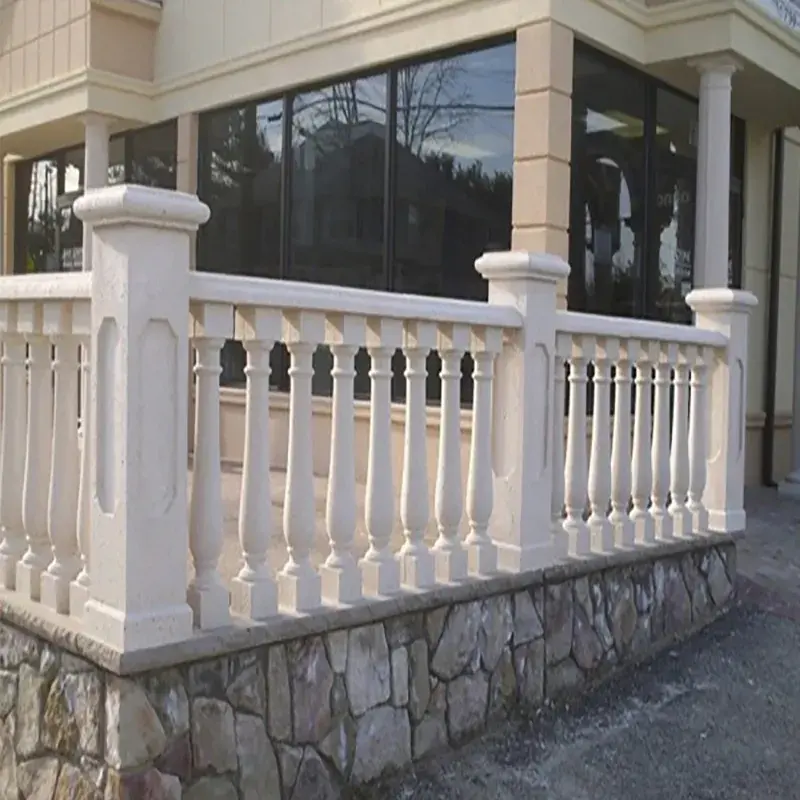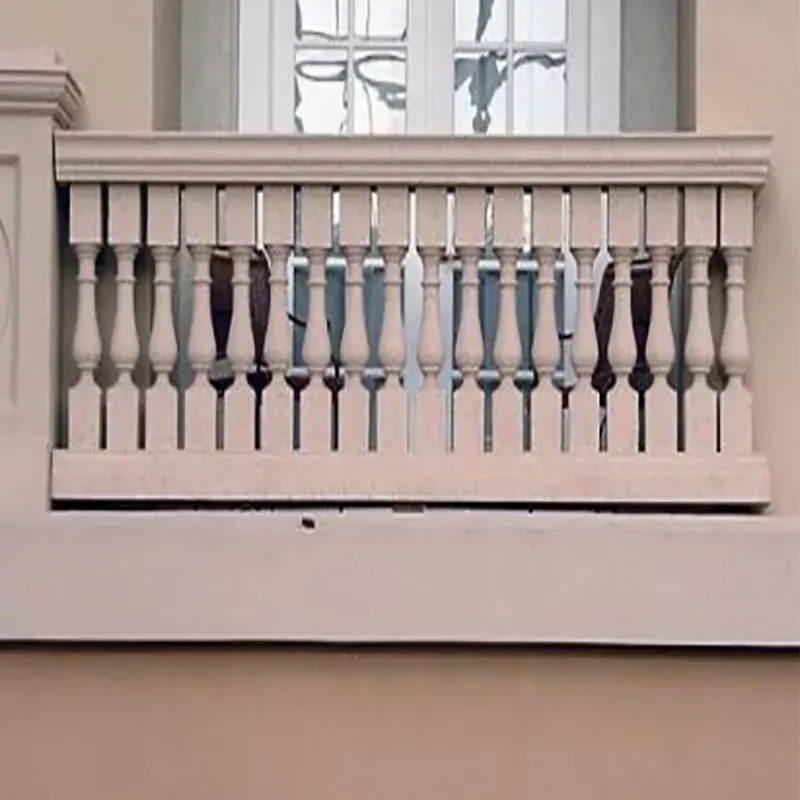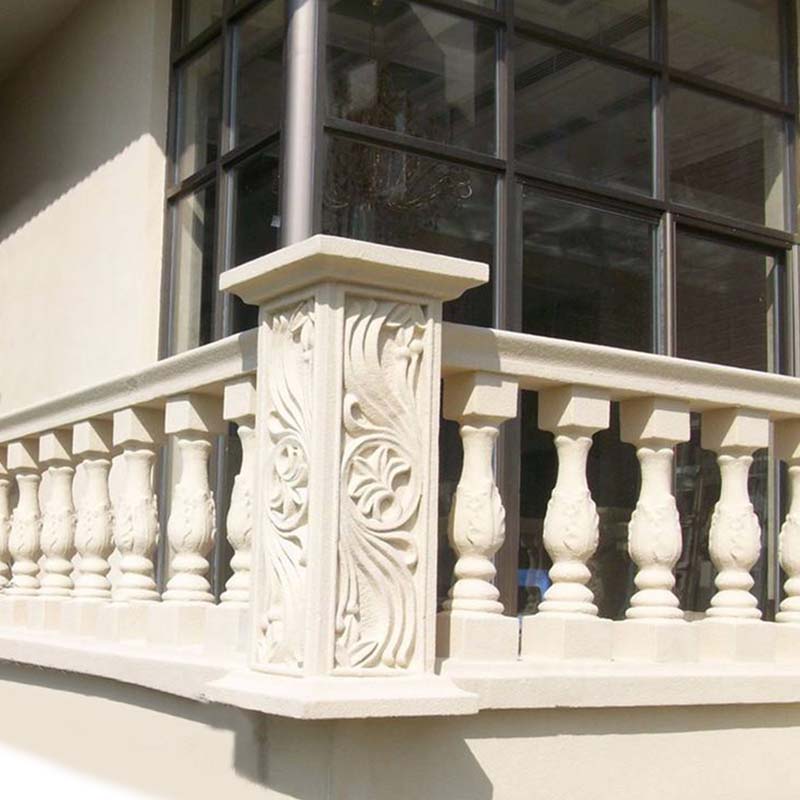




Glass Fiber Reinforced Concrete (GFRC) is a composite material made up of cement, fine aggregates, glass fibers, and special additives. It is known for its high strength-to-weight ratio, durability, and versatility in architectural and construction applications. One common use of GFRC is in the creation of architectural elements such as railings.
A glass fiber reinforced concrete railing would typically be fabricated using a mold or formwork to shape the GFRC mixture into the desired railing design. Here's an overview of the process:
Design: The design of the railing is the first step. This involves determining the style, dimensions, and any intricate details you want in the railing.
Mold or Formwork: A mold or formwork is created to shape the GFRC mixture. The mold can be made from materials like wood, foam, or rubber, depending on the complexity of the design.
Mixing: The GFRC mixture is prepared by mixing cement, fine aggregates (such as sand), glass fibers, and special additives. The glass fibers provide reinforcement to the concrete, enhancing its tensile strength and reducing the risk of cracking.
Spraying or Casting: The GFRC mixture is applied to the mold using techniques like spraying or casting. For more intricate designs, spraying might be preferred as it can help capture fine details.
Layering: The mixture is often applied in multiple layers, with each layer being sprayed or cast and then compacted to ensure proper bonding and to eliminate air voids.
Curing: After the GFRC is applied, it needs to cure. Curing can involve different methods such as moist curing or using curing compounds to ensure the concrete gains its strength and durability.
Demolding: Once the GFRC has sufficiently cured and gained strength, the railing can be demolded. Careful handling is important to prevent any damage during this process.
Finishing: Finishing touches can be added to the railing, such as sanding, polishing, or applying a protective coating to enhance its appearance and durability.
Installation: The finished GFRC railing is then transported to the installation site and secured in place. Installation methods may vary based on the design and the structure it's being attached to.
GFRC railings are popular in both commercial and residential settings due to their ability to mimic the appearance of natural stone or other materials while offering increased strength and durability. They are often used in exterior applications such as balconies, terraces, and staircases.
Keep in mind that working with GFRC requires expertise in mixing, molding, and handling the material, so it's often a job for professionals or skilled artisans who are experienced in working with this composite material.